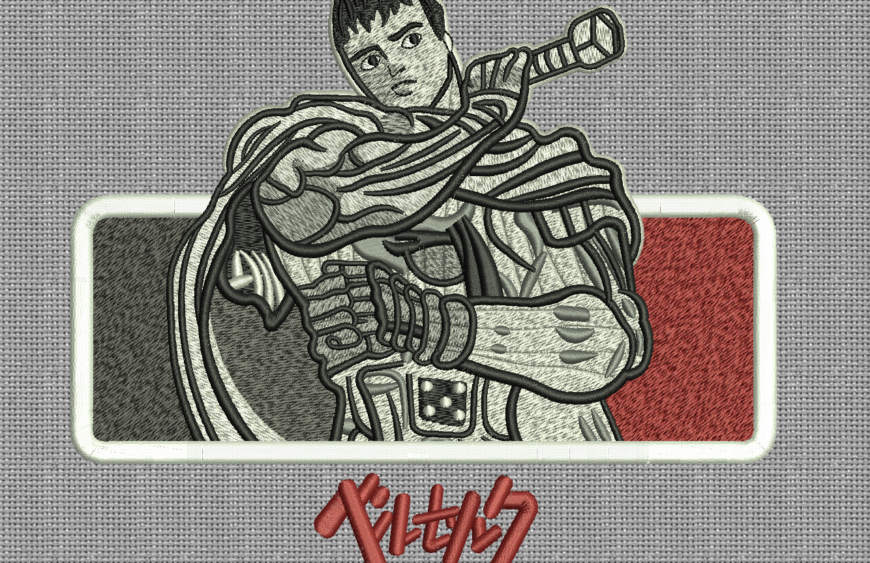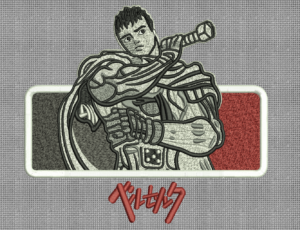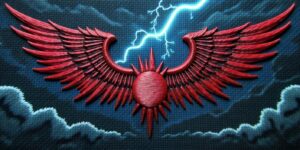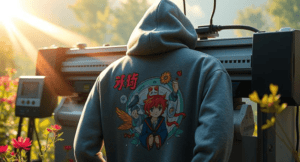Mastering Machine Embroidery: Tips, Tricks, and Design Ideas

Understanding Machine Embroidery Designs
Machine embroidery designs are intricate patterns that are created specifically for embroidery machines, distinguishing them from traditional hand embroidery methods. Unlike hand embroidery, which involves stitching by hand, machine embroidery uses computerized systems and specialized designs to automate the stitching process. This advancement not only speeds up production but also ensures precision and uniformity in the final output.
There are various types of machine embroidery designs, each tailored to suit different machines and applications. Common formats for these designs include DST, PES, EXP, and JEF, among others. Each format is suitable for specific embroidery machine brands and models, making it essential for users to choose designs that correspond with their equipment. This correlation is crucial, as using the wrong file type can result in errors during the stitching process and disappointing results.
Digitizing is a pivotal aspect of machine embroidery design. It involves converting a visual image or pattern into a stitch file that an embroidery machine can understand. This step is vital for ensuring that the design translates accurately from screen to fabric. Quality digitization ensures that the machine can execute the design flawlessly, taking into account stitch types, density, and sequence. It essentially dictates how the final embroidery will appear, affecting factors such as detail, texture, and durability.
The benefits of using high-quality machine embroidery designs cannot be overstated. Quality designs lead to better-looking outcomes and can significantly enhance the appeal of the finished product. Choosing designs that are well-created not only emphasizes the artistic elements but also ensures longevity and resilience in the fabric. Thus, investing in quality designs is critical for those looking to master machine embroidery successfully.
Choosing the Right Embroidery Machine for Your Needs
Selecting the appropriate embroidery machine is crucial for ensuring that your projects meet both quality and efficiency standards. Understanding the various types of embroidery machines available on the market is essential for both novice and experienced embroiderers. Broadly, these machines can be categorized into two main types: domestic and commercial machines. Domestic machines are typically designed for home use, catering to hobbyists with limited budgets, while commercial machines are tailored for small businesses or individuals seeking to undertake larger scale projects.
When evaluating embroidery machines, prospective users should first assess the scale of their projects. For small, personal projects, a domestic machine, which usually includes basic features and a user-friendly interface, may suffice. These machines often come with built-in designs and are suitable for projects like customizing clothing or creating home decor items. Conversely, for those looking to expand their repertoire or operate a business, a commercial embroidery machine is advisable. These are equipped with larger hoops, faster stitching speeds, and advanced functionalities such as multi-needle capabilities and connectivity options.
Another significant consideration is budget. Prices for embroidery machines can vary widely, ranging from a few hundred to several thousand dollars. It is important for buyers to align their budget with their needs. Features such as automatic thread cutting, built-in fonts, and the ability to import designs can enhance the embroidery experience but may also increase the cost of the machine. Popular models like the Brother SE1900 and Janome Memory Craft 550E have gained favor among embroiderers for their user-friendly features and versatility, while those in the commercial sector may prefer the Brother PR670E or the Bernina E 16 for their robust performance.
By carefully examining these factors, including project scale, budgetary constraints, and desired functionalities, embroiderers can make informed decisions. Understanding the pros and cons of different machine types will empower users to choose an embroidery machine that best fits their individual needs.
Creative Uses for Embroidery Designs
Machine embroidery designs offer a diverse range of applications that extend far beyond traditional sewing projects. One of the most popular ways to incorporate these designs is through home decor. By using embroidery on table linens, curtains, or cushions, individuals can add a personalized touch to their living spaces. Embroidered wall art, featuring intricate patterns or personalized messages, can transform a bland room into a stylish haven, showcasing unique artistic expressions.
Custom clothing is another area where machine embroidery truly shines. Fashion enthusiasts can embellish jackets, jeans, and t-shirts with unique designs, allowing for individuality in their wardrobe choices. The integration of embroidery into outfits creates eye-catching statements that resonate with personal style and preferences. Moreover, businesses have started to embrace embroidery for branding purposes, decorating work uniforms and promotional apparel with logos and catchy slogans. This not only enhances brand visibility but also promotes company identity.
Personalized gifts offer yet another exciting avenue for machine embroidery. Items such as monogrammed towels, embroidered bags, or custom plush toys serve as thoughtful presents that convey a sense of care and consideration. By personalizing these items, gift-givers can create memorable experiences that hold sentimental value for the recipients.
The emergence of trends in the machine embroidery realm further fuels creativity. Innovative applications, such as embroidery on non-traditional materials like leather or denim, are gaining popularity, providing new avenues for artistic exploration. Additionally, combining embroidery techniques with other crafts, such as quilting or fabric painting, allows crafters to create unique, multi-textural pieces that are highly prized in today’s markets.
In summary, the diverse applications for machine embroidery designs present ample opportunities to express creativity. From home decor to personalized gifts, these designs can be strategically integrated into various projects to produce truly standout creations.
Promoting Your Embroidery Business Online
In today’s digital landscape, an effective online presence is crucial for the success of any embroidery business. Building this presence requires a multi-faceted approach that includes social media marketing, email campaigns, and optimizing your website for search engines. Each of these components can significantly contribute to increasing your visibility and engaging potential customers.
Social media platforms, such as Instagram and Facebook, provide a visual showcase for your embroidery designs. Regularly sharing high-quality images of your work can attract a diverse audience and build a loyal community around your brand. Engaging with your followers through comments and direct messages can foster a personal connection, creating an environment where customers feel valued. Moreover, consider running targeted ad campaigns on these platforms to reach new potential customers.
Email marketing is another powerful tool for promoting your embroidery business. Crafting a regular newsletter that highlights new designs, customer testimonials, and exclusive offers will keep your subscribers informed and engaged. Including visually appealing images of your products in the newsletter can enhance interest and drive traffic to your website. Personalized emails can further increase your open rates and encourage repeat business.
Website optimization plays a fundamental role in promoting your embroidery business online. Ensure that your website is user-friendly and mobile-optimized, as many consumers access websites through their phones. Implement search engine optimization (SEO) best practices to improve your rankings on search engines. This includes targeting relevant keywords related to machine embroidery, incorporating these into your product descriptions, and ensuring that your site loads quickly.
By creating engaging content that showcases your unique designs and adhering to effective digital marketing strategies, you can attract a broader audience. The integration of SEO techniques into your online promotion efforts will further enhance visibility and increase traffic to your embroidery design website. With these actionable insights, your business can thrive in the competitive embroidery market.




